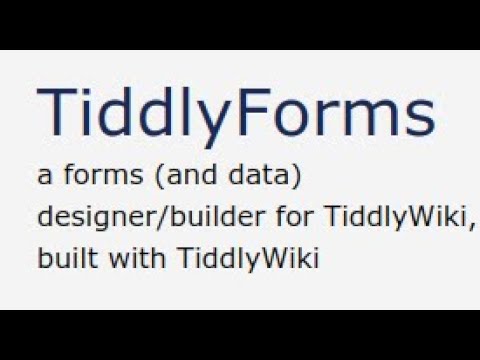Lots of great stuff here. I wish I had more time to digest it. I want to respond to two points:
I have one tool, written for a specific project but applicable fairly generically . You can see it in action on any of the data records (in the various tables, found under All Tables in the main menu) by looking at the footer, and expanding the fields details.
(The ViewTemplate/procedure breakdown needs to be fixed. The whole summary/details structure should be part of the template to make the procedure more reusable. And that procedure should probably be split in two for the two tables shown.)
There is one point about this that I think is important. The white-list of actual data fields to be shown is carried as a field on the TagTiddler. I think that’s a useful design. It gives us a single place to capture table-level information.
I want to caution about being too optimistic here. TW is never going to replace your RDMS. It’s a tool for creating and displaying content. But that content can, in whole or in part, be relational data. And if that data doesn’t need to be used much outside this GUI, then the relational capabilities of TW are great. I love the idea of expanding them. Just so long as people aren’t thinking that this will ever replace their Oracle, MySQL, or Mongo installations.
